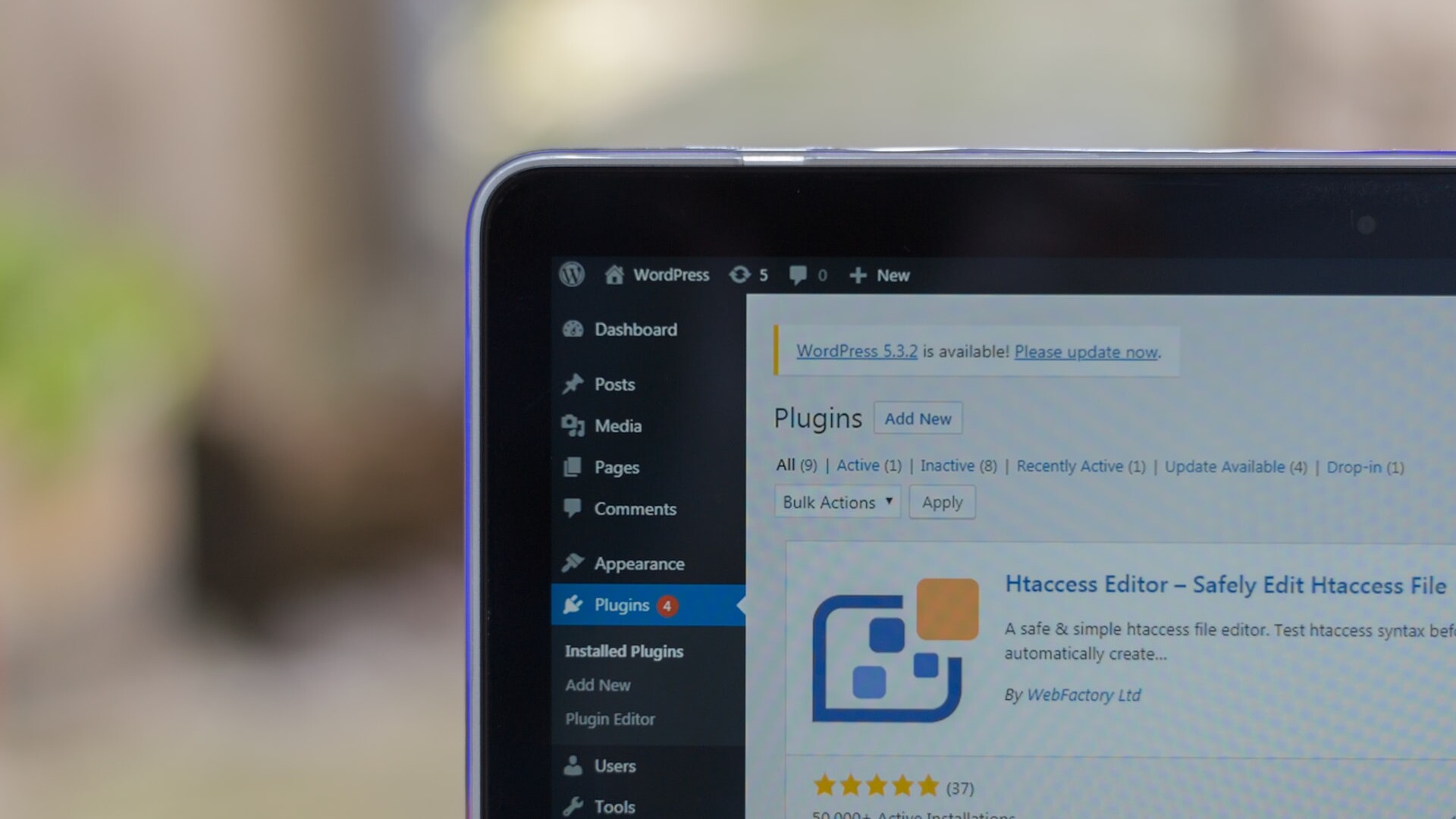Web Design For Startup Companies
Great ideas and interesting content have been given an opportunity to thrive because of the internet. Startups have an opportunity to compete with larger and more established competitors precisely because of the reach that is only possible online. With that said, a startup will only get so far if their website is lacking. Poor design repels visitors before they ever get a chance to read a post, click a button to buy, or submit an email to get on a waiting list. Webdesign for startups is fairly straightforward with just a few points that should be addressed. These are those points.
Embrace Responsive Design
Smartphones and tablets are getting more powerful with each new release. People have begun shifting their behavior away from desktop computers and towards mobile computing options. A startup needs to demonstrate that it is cutting edge.
Responsive design ensures that a site’s functions and design remain uniform from device to device. Layouts may shift a bit from device to device, but the general theme and focus of the site remain largely intact.
Most importantly, this helps to preserve the branding and culture communicated by a website’s design.
Focus On Culture
The most successful companies have bold designs with little in the way of bells and whistles. Fancy image sliders, popups, and audio and video that begin playing automatically all seem like they would help a company stand out. The truth is that they do, but for the wrong reasons.
There are no hard and fast rules in web design, but too many features- especially feature that start without any input from a user- tend to serve as more of a distraction. Busy websites look unprofessional.
Instead, startups should carefully plot out each piece of their site. A section for products and services, written and video content on a company blog and an about section with staff bios should all be included. These are the “why” of having a website. This is where web design for startups should begin.
Clean looking typography, ample white space, and well-chosen colors all ensure that readers won’t be overwhelmed and will have a chance to find out what a company has to offer.
Less Is Usually More
Some of the most successful startups of the last five or six years have all had straightforward designs. Many are almost boring in comparison to the designs employed by much of the web.
The goal of a startup’s website is to send a message that they are important for a specific purpose. Whether it is a new product or service, the focus should be on who they are and what they do.
Everything on the site should reflect that, and nothing more. Anything else detracts from the mission of the company and the purpose of having a website.



